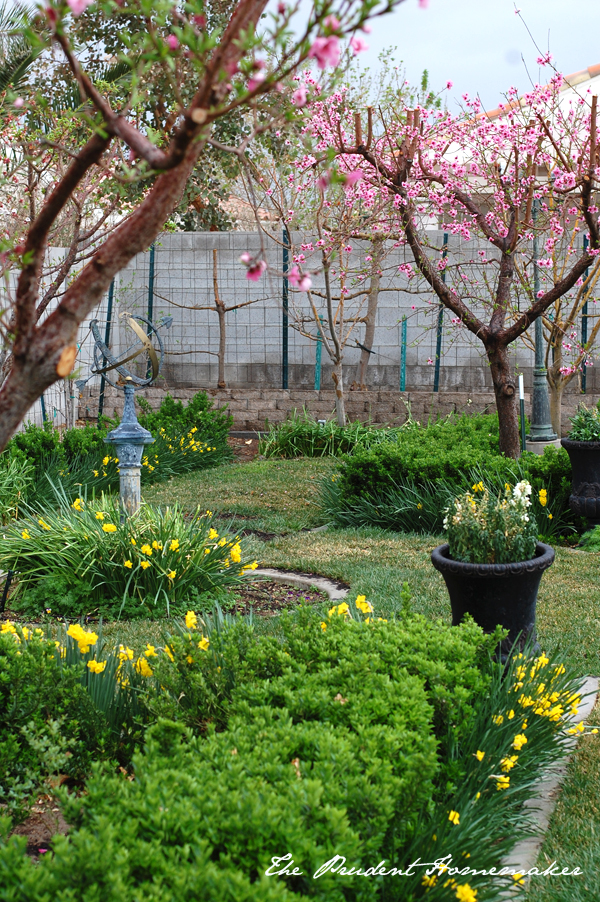
Spring and fall are the best time to plant fruit trees in a garden. They’re also a great time to find fruit trees on sale at your local nursery. If you’re ordering from a catalog, you will most likely need to order in spring, as most fruit trees only ship in spring.
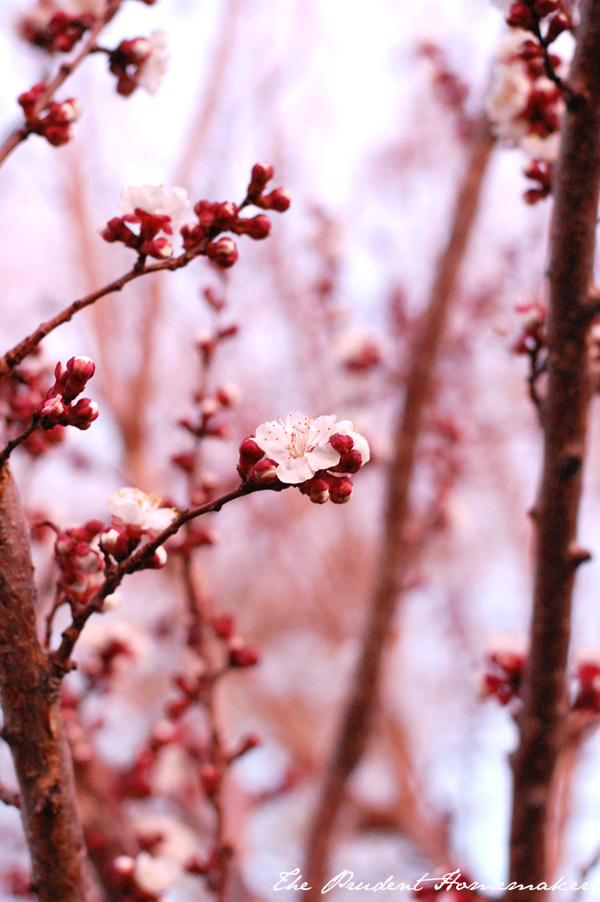
First, you’ll need to know your zone. This is essential for choosing a fruit tree that will grow well in your garden.
After determining your zone, you’ll need to ask yourself a few more questions:
Cold Hardiness: If you live in a place where it freezes and winters are cold, “hardiness” is something that will matter in your decision. Trees that are not hardy for where you live will be killed by freezing temperatures. When choosing a tree, look to see if it is hardy to your cold winter (for example, “hardy to -25ºF”, “hardy to -40ºF”, etc.). If the tree is not hardy for your area, choose a different variety. Most trees are hardy to USDA zone 5; some will go to zone 4. In colder areas, you may need to work harder to find trees that will do well in your climate. In USDA zones 3 and colder, you may find there are more berries that will grow in your area then larger fruit trees. Growing berries may be your best choice for fruits.
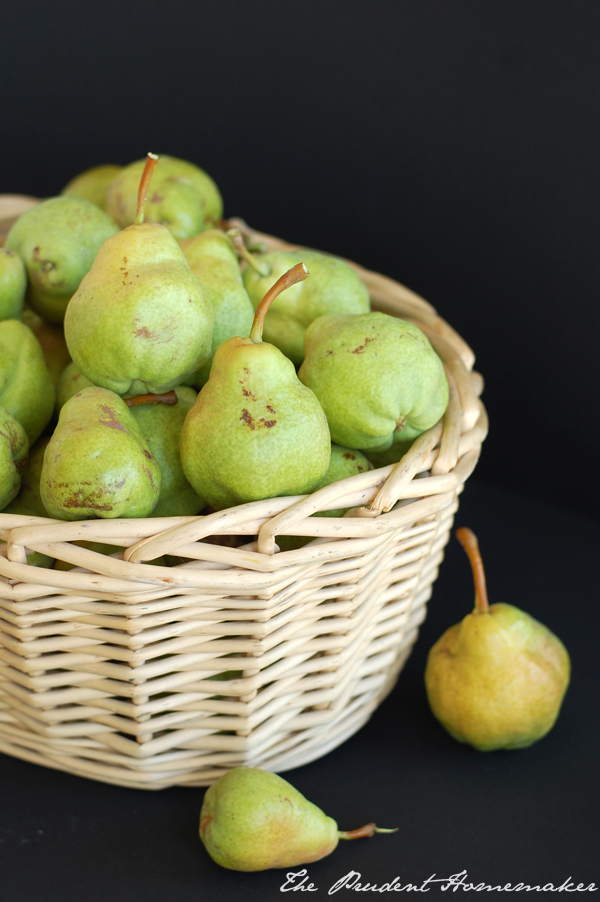
Chilling hours: If you live in a warm climate, making sure that your fruits get enough hours of cold to produce fruit is important. Most fruits perform best in USDA zones 7 and below; however, there are some trees, such as citrus, that prefer it to not freeze at all (citrus can handle a few hours of below freezing, but do not do well when temperatures are below 28º for more than a few hours and will suffer significant branch loss at that point; if temperatures turn colder, the tree can die).
Chilling hours are the number of hours between 32-45ºF that you receive in the winter. Temperatures that are colder than that do not count towards chilling hours. Temperatures slightly above that each count as a half chilling hour, and warmer temperatures count as negative chilling hours. Trees are usually labeled low chill, medium chill, and high chill, though they will sometimes list actual chilling hours.
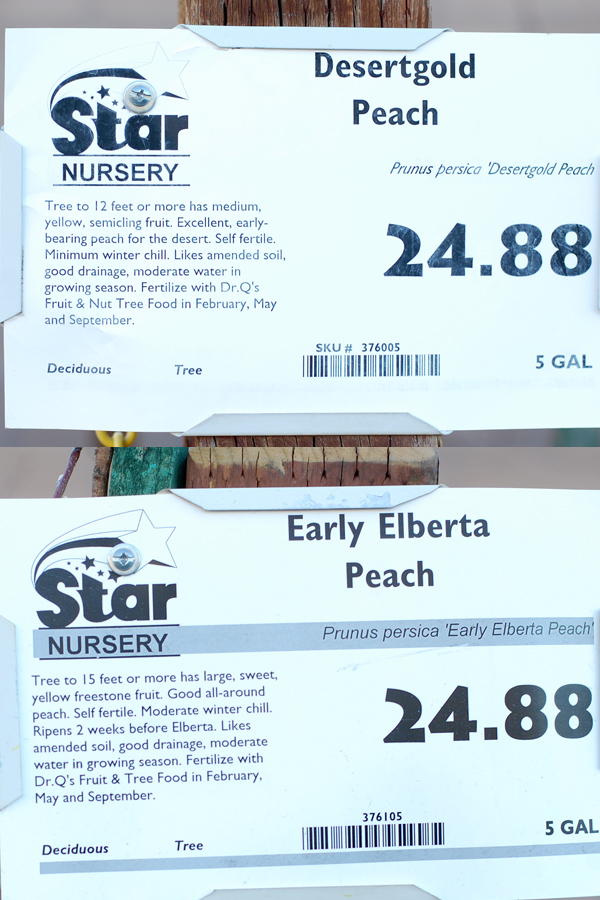
The actual hours are especially helpful when you want to have to trees of the same fruit that are ripe at different times. I grow two different peaches: Desert Gold and Early Elberta. Desert Gold is a low-chill tree that ripens for me in May. Early Elberta is a mid-chill variety that ripens in July. (The regular Elberta tree is high-chill and is not the best choice for our climate, as it has higher chilling hours. That tree usually ripens in August or September, depending on your region).
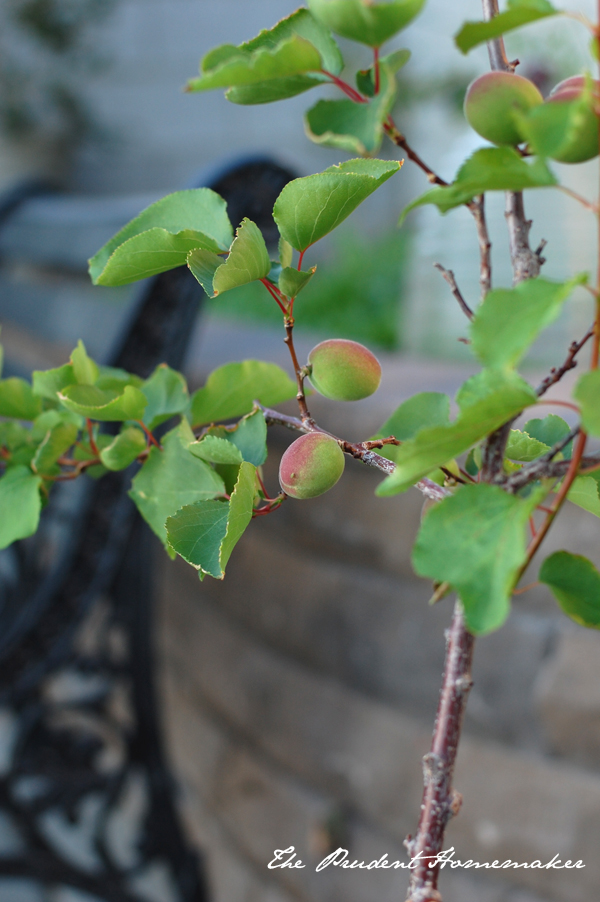
I did the same things with apricot trees. I grow a Royal Apricot in my backyard. It is self-fertile and ripens in May. My father-in-law has an apricot tree that ripens 3-4 weeks earlier than ours. With some research, I learned that there are two other apricot trees that ripen that early. One of them is called Katy. I went to a different nursery to purchase this tree so that we could enjoy fresh apricots twice a year, a few weeks apart. I planted Katy in the front yard last year; it has 15 apricots on it this year, and it should be ripe soon. It only requires 150 chilling hours, so it was the second tree in my garden to blossom. It flowers the first week of February.
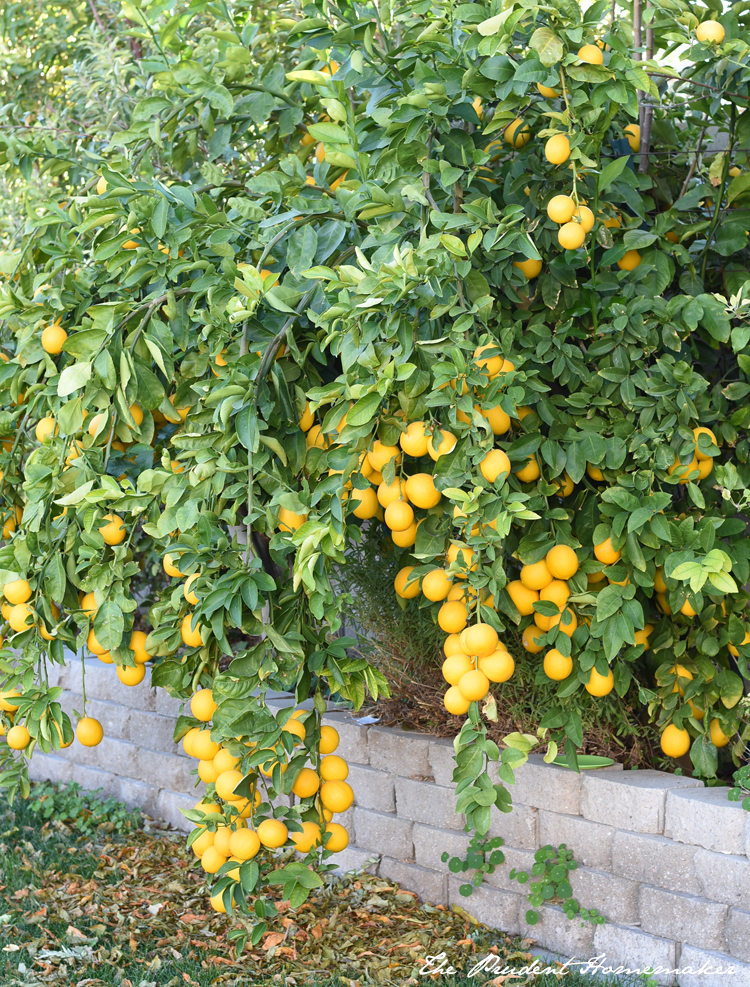
Throughout a city, there are several microclimates. This means that your area may not be just one specific zone. Higher and lower elevations will affect your property and can change the zone dramatically. For example, the Las Vegas valley where I live can be anywhere from a zone 8b to a zone 10a. I am actually a zone 9a (though the general hardiness zone map I linked to above puts me at an 8b; a more specific map puts me more accurately in a zone 9a, which has first frost dates of November 15th and last frost dates of February 15th; our frost usually falls the first or second week of December, and we might get another frost in January).
You can also have microclimates within your property–even if you live on a small lot. How much shade or sun an area receives in winter can make one place warmer and another place colder. Keep this in mind when choosing a place to plant your fruit trees. I grow a few moderate and high chill fruits in areas that are shaded from the walls during the winter. This makes it more likely that those trees will fruit for me.
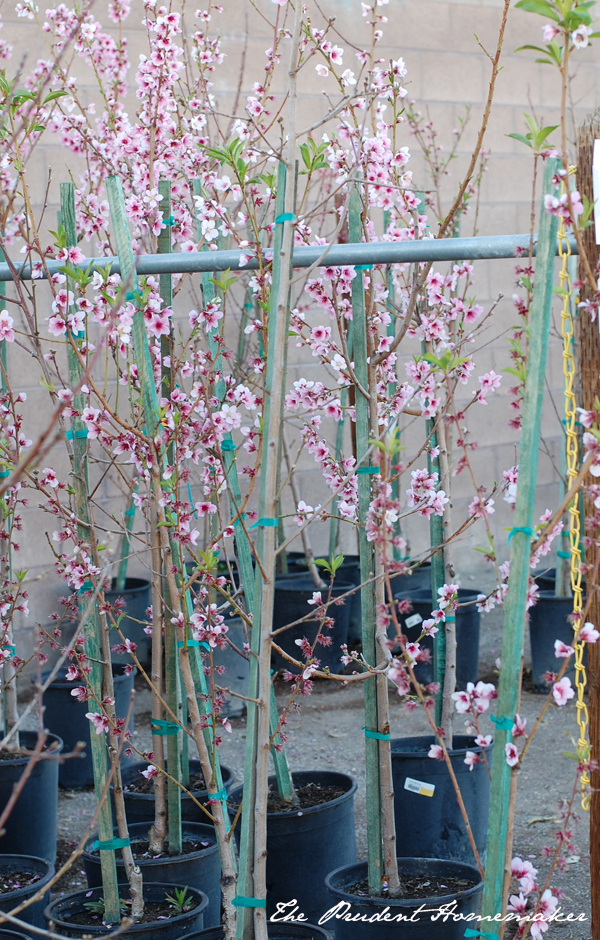
When choosing an individual fruit tree, look for one with a straight trunk. This is one of the nice things about choosing at a local nursery that isn’t possible when purchasing online.
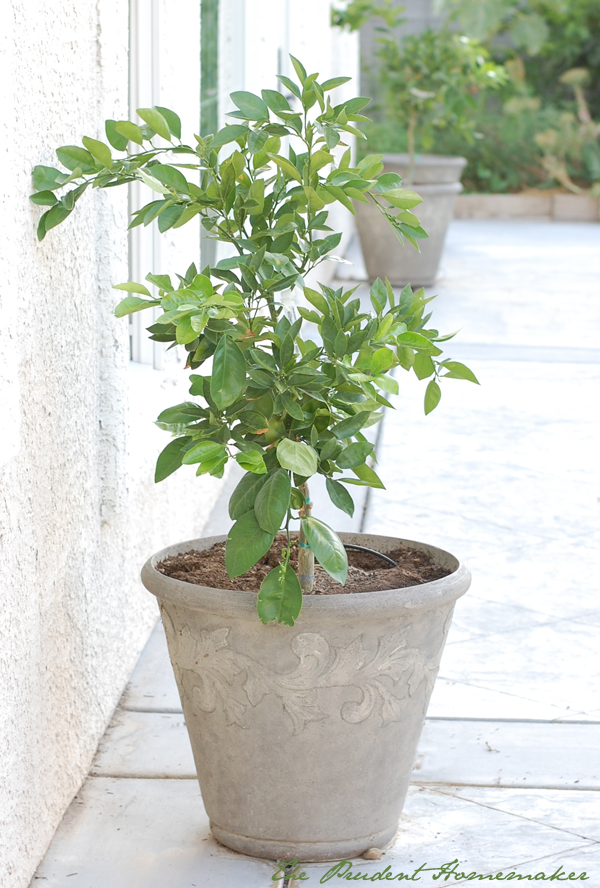
Fruit trees can be planted in the ground, but also in pots. As a tree’s growth is limited by the size its roots can grow, choose as large a pot as possible to grow potted fruit trees. Dwarf and shorter trees are good choices for pots for this reason. I grow mandarins and pomegranates in pots. If you are renting, growing a fruit tree in a pot means you can take it with you. I love that I can put pots on my patio and add to my growing space.
Pollination is a very important part of choosing a fruit tree. If you want to only grow one tree of a certain type (one apple, one plum, one cherry, one peach, one almond, etc.) it must be self-fertile. If it is not, you will never get any fruit from that tree. Most of the trees I grow in my garden are self-fertile, as I have a large variety of fruit, chosen specifically to have something ripe each month over 7 months.
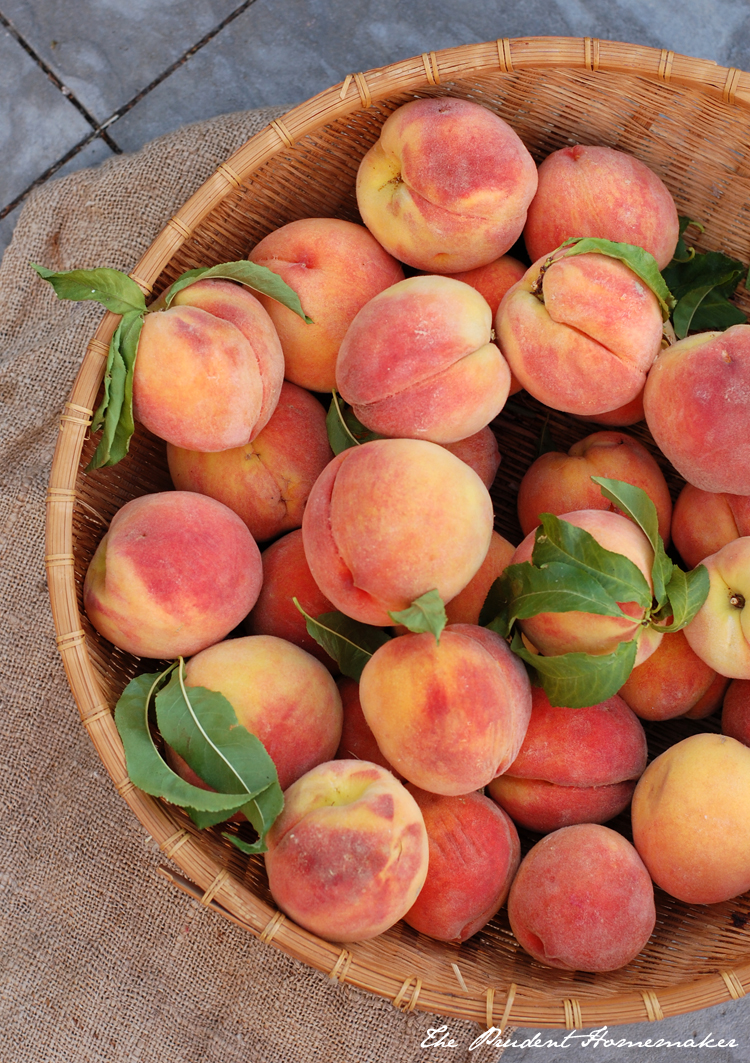
If the tree you want is not self-fertile, you must determine what type of tree will pollinate it. Nursery tags and catalogs are helpful with this; they usually tell you what other tree you must plant in order to pollinate your tree. This other tree must be planted nearby (usually within 25 feet). For most trees, this is fairly simple. Apples, however, are much more complex, as they have trees that are sterile (cannot pollinate themselves or other trees), are mixes (and cannot be pollinated by either type of parent tree), and flower at different times (apples can ripen June through February, depending on the variety!) If you want to grow a number of different apple trees, do your research before choosing any that are not self-fertile to ensure that you have the proper pollinator.
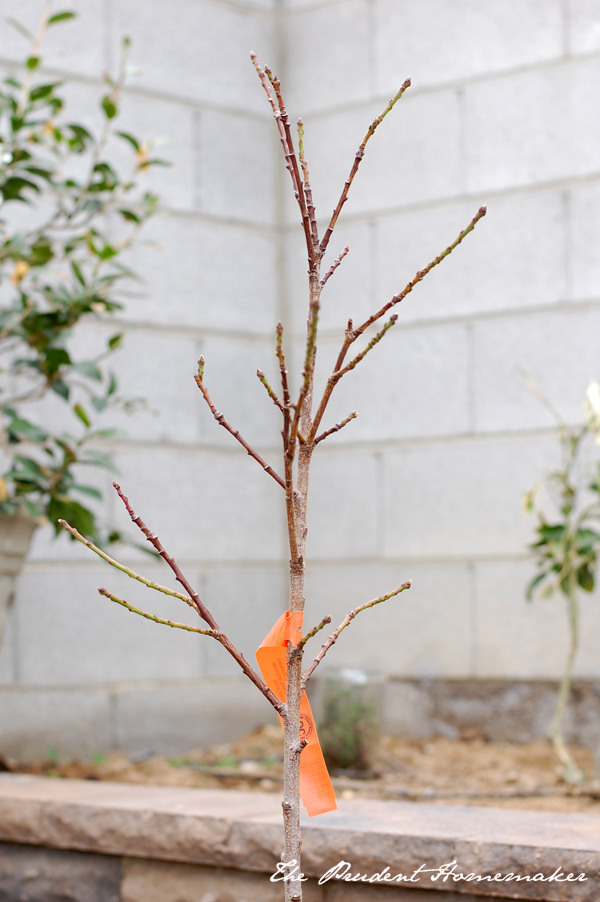
I prefer, whenever possible, to buy fruit trees from my local nursery. This helps me in several ways:
1. The trees are less expensive.
While the cost of trees has gone up $5 at my local nursery since I purchased the bulk of my fruit trees, they are still much less costly than ordering online. In spring and fall, there are usually sales as well. Regular price here is currently $24.88 a tree, and they go on sale for $19.88 (citrus trees are $5 more).
2. I get a potted tree that I can see is growing
My personal experience has been much more successful with potted trees over bare-root trees. The trees have a strong root system and grow bigger and stronger than bare-root trees. I look for healthy branches and growing buds to make sure they are living.
3. I get taller trees
The choices at the nursery are much bigger than catalog choices. I always purchase a 5 gallon tree that is 3 to 4 feet tall. (Our nursery also sell much larger trees for $100 if you don’t want to wait for fruit and are willing to pay a lot more). These trees are older and will bear fruit a year or two sooner than a smaller tree.
Of course, you may not have access to a local nursery, or your local nursery doesn’t have the type of tree that you want. In that case, ordering online may be your only option. It is important that you plant bareroot trees before the last frost in your area. They need to be planted when they are dormant. Our last frost date is February 14th; most companies do not ship that early, which means I am more likely to have trees die. If your last frost date is May 15th, however, you can still order bareroot trees to put in the ground now.
For a complete list of the fruit trees that I am growing in my garden, check out the column on the right-hand side of my Kitchen Garden page.
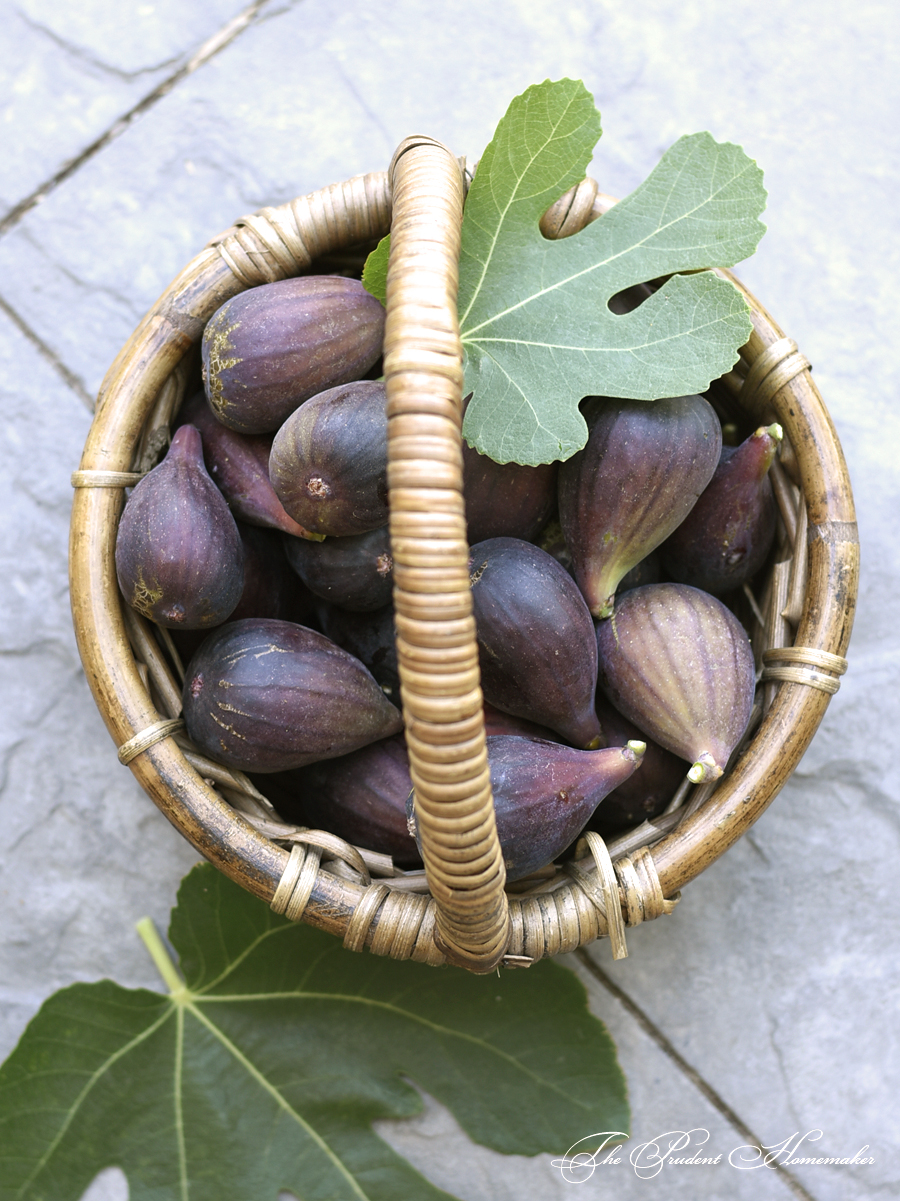
Are you adding any fruit trees to your garden this year?

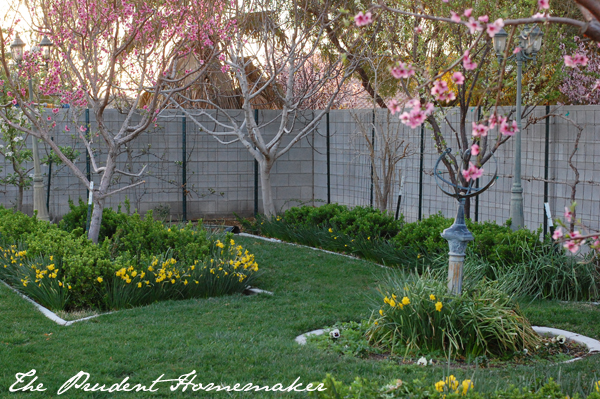
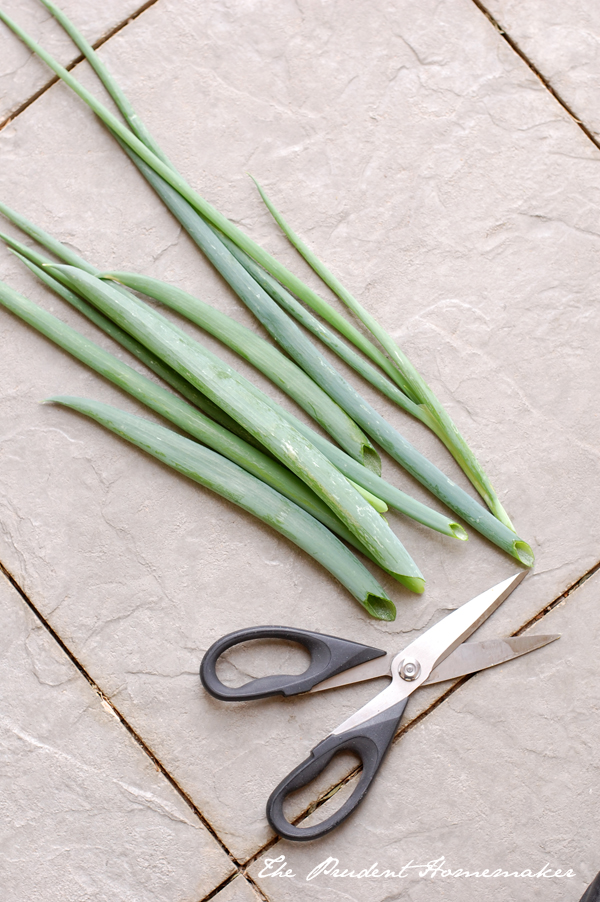

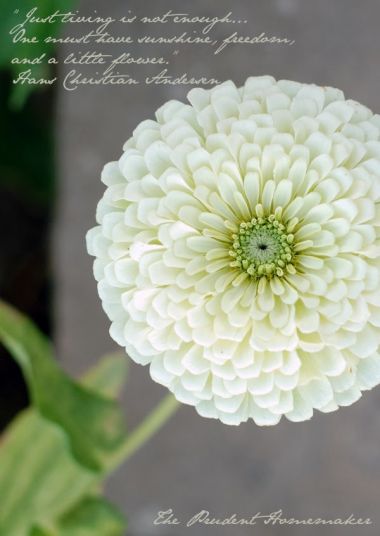
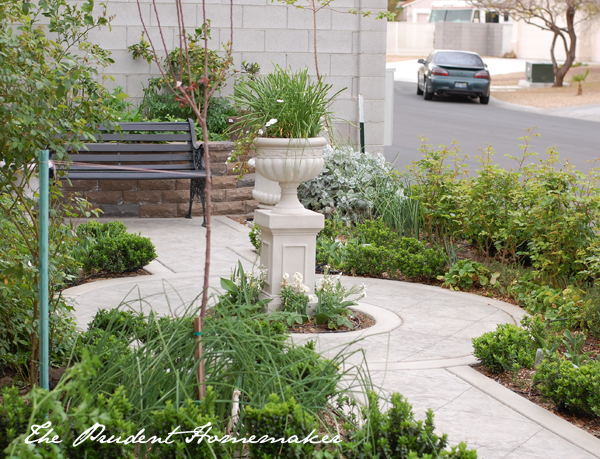
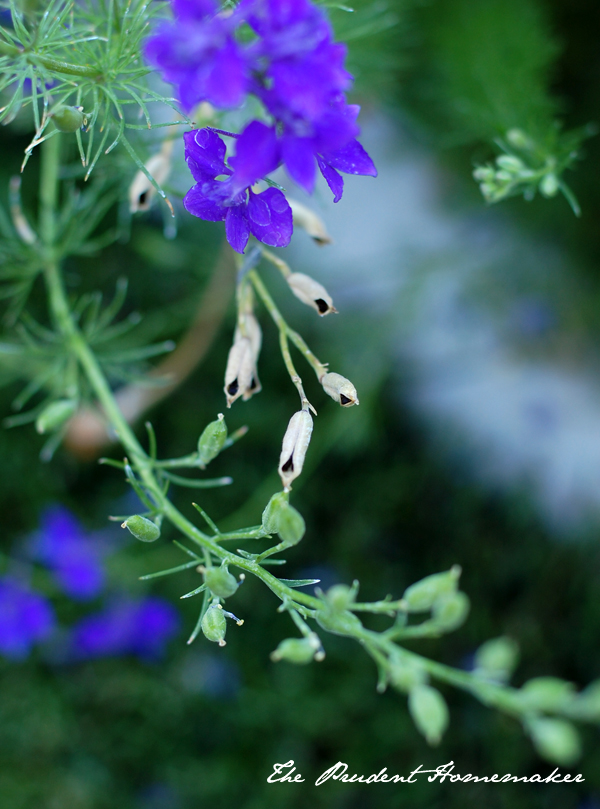
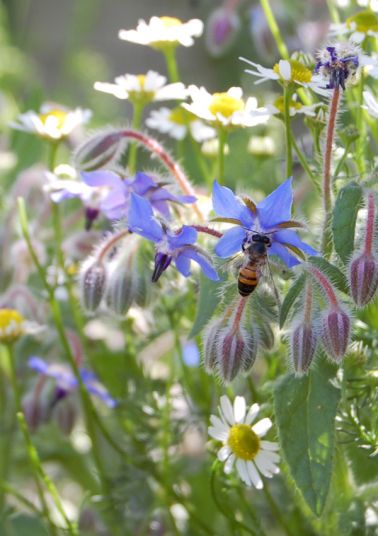
Many thanks for your very informative article. I live in South Florida – Zone 10. Last year, my area sustained an infestation of whitefly that affected the coconut palms. It is my understanding the University of Florida is currently studying the problem and searching for a natural predator. Since the whitefly droppings were damaging other plantings, I had all coconut palms removed from my property. Afterwards, I planted one navel orange tree, one fig tree, and one papaya tree. The navel orange and papaya are already bearing fruit !. I am inspired by your fruit tree garden and plan to add a Meyer lemon tree and two potted kumquat trees this year.
Since your tree is three years old, you will probably see fruit this year on your plum.I really looked at those beautiful cherry bushes but I could not figure out where to plant them in our garden. They are really interesting. I have only seen them in catalogs.I’m glad to know that you liked Stark; their prices seemed fair and I am glad to have some recommendations for readers from other readers.
Your crabapples are also great pollinators for other apples.We have really bad wind here; at out last house, we lost half of two peach trees (one each year) to wind. We are better at pruning here so that we do not lose branches to wind. We carefully consider the shape of the tree and take off branches when it makes the tree too heavy on one side. We also thin the fruit, which helps to keep the wind problems down (heavy branches laden with fruit are more likely to break). The wind naturally does a lot of thinning for us (we had 4 days of heavy winds this week; I just got outside yesterday to work in the garden; we lost a good number of grape vines in the wind and the plums received a good thinning).Sun is so important. I had a pomegranate that produced well for years until to years ago, when it became shaded from the growth of other trees. I dug it up in January and moved it to a pot on our patio. It has leafed out and is now in full sun, where it will do so much better.When you prune your trees, make sure to open up the center of the tree. You should be able to pass a football through it. That will make it possible for air and light to reach your fruit.
That sounds delicious!
Blueberries do need acidic soil. What a blessing for you! You can also add strawberries there; they make an excellent ground cover. How exciting to add fruit to your front yard!
After learning from other readers that black walnuts make it impossible to grow other things (as they change the soil) I would be hesitant to plant them–and it is great that you can get them from someone else!If you cut your oaks, they will be great firewood in a year.I think cherries would be beautiful in your front yard; they are so pretty when they bloom.If you can eat more apples, then by all means, plant more! Especially if you are making sauce and more so if you have a press to make your own juice/cider.I would love the space for lots of nut trees. Almonds do well here but are huge trees.I also found out last year that pistachios do really well here. If I had known that when I planted my garden I would have put some in. It’s hard to dedicate the space to a male tree that doesn’t produce fruit, so I would have to have at least 2 female trees 🙂 I don’t know how I could fit them on my property unless they were in pots on the driveway!
I can plant the black walnuts along the pasture field so they won’t affect any garden plants. But if you only have a small space they would not be a good choice. We have been clearing one five acre pasture for about 15 years. It was actually all a very thick woods, so we fenced in the perimeter and starting cutting firewood from it. We have a fireplace, a wood cookstove and a wood furnace so we use a lot of wood. The wood from the oak trees would be good for the cookstove, although the main trunk might make a nice saw log. That might help me convince him to cut it actually! lolI can a lot of applesauce, apple slices, spiced apple rings, make apple butter, and when we get enough of all of that we do make cider. We also store apples in the fruit cellar to eat later, although they don’t keep more than a few months. I am always inspired by you Brandy. You do so much with the space you have. I am sure you have probably read Path to Freedom, you remind me of them! http://urbanhomestead.org/
How much trouble are your espaliered fruit trees? I’ve been thinking about doing some, but with nearly an acre of yard, an extensive garden and 6 young kids, I’m trying to decide how much effort I want to put into espaliered trees. I love the look. I want more fruit trees (we have 11), but I want to understand what I’m getting myself into.
Also for your oaks, if you like mushrooms, you can use the newly cut logs to grow shiitake or oyster mushrooms using plugs.
Christie – It sure is a small world! I recommend Bay Laurel to everyone I know here. Brandy – I debated about Mango but decided against it. They are huge trees and produce a lot of fruit. So much that many people around here just let it drop and the rats get them, so I am hoping to glean some.Passion fruit is on my list after we redo some of the fencing around the yard and I can grow them vertically there. We had several neglected arbors, but I cleaned them up and fixed them and have started several grape vines.I forgot, too, that I have 6 coffee plants/shrubs in pots. They were a freebie when I ordered from Wellspring. I’m not sure where they will go permanently as I think they are more a novelty than actually producing food. Maybe close to the street where no one will pick the fruit. Of course maybe someday I will be glad to be able to grow my own coffee!We also put in blueberry bushes across the front of the carport. It will look like a shrub from the street. We don’t have an HOA but I still want the house to look nice.You are right, I am amazed how much we have put in and constantly thinking of new places to add more!
We didn’t add more trees this year but we did expand our grapes. Our area is prone to late unexpected frosts that kill the blooms right off of the trees. We also had a problem with cedar rust on our apple tree. The peach tree didn’t make it through the tough winter last year. That’s what happens in the middle of Missouri!
Do pecan trees grow where you live? We have an acre of pecan trees in our front yard that my daddy planted almost 50 years ago. They produce far more than our family can use so we share with friends by allowing them to pick up on the halves, so many ground is still covered from last winter’s harvest. All from some skinny sticks planted 50 years ago. We also have 2 pear trees but no one likes pears so these usually are wasted.
You should sell your pecans or sell most of the harvest to someone who does sell them. It might be a good cash crop. I am now allergic to pecans which I really regret!
Pears are great for pear sauce, or jelly, or baked or sugared. If you don’t want them, let someone else pick and have them! Here there are groups that will pick your surplus fruit and either use it themselves or give it to a food bank.
Every area has its challenges. Peach trees are not as long lived as apples. Are you going to replace your peach with a late blooming variety that is more hardy? That would give you peaches again for many years.
PS, your yard/garden is lovely, so lovely it almost makes me wish I was an outdoor sort of person.
Espaliered trees are pretty simple to maintain, as they are much smaller than regular trees. You don’t get nearly as many as you have fewer branches than you do on a semi-dwarf tree, but they make great fences and even arbors. They do need to be pruned but as they are smaller they take less time to prune over larger trees.
We will replace it if our local nursery has one for our area. We have made many mistakes by purchasing trees and plants from large box stores and they are not suited for our area. I love the information tags your trees have, ours are not as detailed and they don’t give us enough information about the variety of tree and it’s needs. That goes for veggie starts as well. I have finally learned to only get starts from our local nursery. Unfortunately, the economy has shut many down and we may have only one in our area:(
I’m not adding anything new to my garden this year, but I do have to replace my tomatoes. They never really go dormant here in Southern California, so this year they grew to enormous sizes, produced billions of tomatoes, and promptly died. I was sad, but it wasn’t entirely unexpected. We have a banana tree, a peach tree, a lemon guava tree, and a tangerine tree that are doing well, along with a little lemon. They’re all in pots on my front porch, since military housing won’t let you plant trees in the tiny dirt strip surrounding our patio.
Those tags are at our local nursery. They are very helpful in making choices.
Thank you, Brandy, for the helpful hints. I didn’t think wind would be such a problem there…I guess I thought since you were in the city it wouldn’t be…hmm…I’m going to do more research about the pruning. I want to learn. I did take off about half of the peaches when they were tiny (painful!) but I finally learned that it really does help. I want to learn more about pruning before working on our little cherry tree. Air and light. I’m going to keep that in mind. Thanks! Liz
We get 50 mph winds here. My sister-in-law has shingles rated to 120mph that blow off all the time (she’s had damage to her pool and more) and her windows had to be reinforced inside with steel because the wind blows so hard it makes her windows curve in. She has much worse wind than we do and she’s only a few miles away. She grows a lemon tree that is quite large; it is next to two walls, which helps it tremendously.We have had bad winds all week; I lost several branches off our grape vines this week (at least 15 bunches of grapes that we won’t have).I heard something interesting about wind today and I was thinking about your comment. It was about young trees growing in the wind; the wind forces them to quickly put forth more roots and thicken their trunks so that they can become strong and withstand the wind.Thinning is painful; I tell the people at my garden tour that every time. I thinned just one apricot at the last tour and one woman visibly flinched! It is hard to do, but it is important.Cherry trees don’t seem to need as much pruning as peaches; they don’t put forth the number of branches that peaches do.You need to prune when the trees are dormant; a month before your last frost is best. Cut any dead branches (and everything you cut should be flush to the trunk or branch), cut branches that criss cross, and make sure you can reach the fruit (so shorten the tree if necessary). Remember that most trees make fruit on last year’s growth. (apples, pears, pomegranates, and figs being exceptions to that; apples and pears make fruit on fruiting spurs, pomegranates make fruit on this year’s growth, and figs are last year;s growth and then this year’s growth, but only Mission figs (that crop twice); all others are last year’s growth.
How sad that so many of those pecans are wasted…could you advertise locally for people to come for the free gleanings off the ground ….I would LOVE some but am way too far from you being the other side of the world:)….as for pears , try to eat them greener like an apple.Alexa from Sydney AustraliaEnjoying my blogging adventure at http://www.Alexa-asimplelife.com
Hi Brandy , what an informative post. You have given people so much one stop shopping/gleaning for fruit tree growing. ….and the side bar is inspirational.I bought 5 citrus trees that I’m mainly growing for the greening of an area and hopefully tough . I know they need to be fed well to keep pests at bay and constantly rotating the plant food.Love the blossoms on the nursery plants as well as your well set out garden.Many thanks from Alexa in Australia At http://www.Alexa-asimplelife.com
I’m working on figuring out dwarf varieties to plant in half barrels. I have four along the sidewalk in my front yard that had Spanish lavender in it, but I’m aiming for all edible landscaping except for a couple of half barrels that my preschooler planted flowers in. We have heavy clay soil and it’s a pain in the neck to dig, so I try to keep things above ground when possible (we’re in zone 8 so I can do quite a bit in pots). Yesterday I planted a bare-root fig tree in a barrel. Looking forward to that fruiting in a couple of years! I also have an olive tree but I think I may have lost it this winter – we had a much colder spell than we usually do. We have a wonderful apple tree that was here when we moved in. I don’t know what variety it is but the apples are HUGE (up to eight inches across) and it makes wonderful sauce.
Thanks for the article…it was such perfect timing…..we live in an apartment in Florida now, and I follow your blog and was just beginning to research edible landscaping and dwarf trees in pots…..now I have some guidelines to use when I shop in the next couple weeks…!
Okay, so the cherry tree I will leave alone until next winter. It’s already budding out…a lot. Wow, so much to learn…thanks for all of the tips and about last years’ growth. I am certainly paying a lot more attention now. Thanks. p.s. I guess when I think about it logically the winds there are not so surprising and they sound really strong there. That is one thing we did do last year with the peach trees…we took off around half of the little baby peaches. It nearly killed me to do it, but I knew it had to be done. (They are young trees.) Anyway, a friend brought itty bitty peaches to church later when it was time to harvest them. So, I told her to take a lot of them off and she is planning on this year.) Thanks for all of the help, Brandy!
We went price shopping for fruit trees this past weekend ! Our local nursery are double the cost compared to Lowes 🙁 Lowes has them from 21.99-29.99. I really want to add plum, peach and cherries this year… Our next price shopping will be for grapes !
Dear Brandy, I so admire what you do. My friends and I think you are just amazing. I know, I know, we all had to contend with life at the survival level at one time (Grandma was amazing, too.) But you are doing it now, in the land of silly conveniences.
Anyway, I was wondering what you are doing about water. You refer to irrigation boxes in your white garden and I can’t seem to find any real information on the web. Can you give me a reference?
We are making a memorial garden for a dear departed friend and we are in Texas where the challenge is much the same as it is there. I lived on Indian Springs Air Force Base back in the fifties and I know there is hardly any water and what there is must be very expensive. Any hints will be appreciated. If you don’t have time to reply I may have to go to LV and take your garden tour!
Sammie in Austin
sammiemccown@yahoo.com
Sammie,
Everything (except for the grass) is watered with drip irrigation and attached to a sprinkler clock. I adjust the days and times as the weather changes. Drip irrigation uses much less water than other methods (I don’t recommend soaker hoses; they waste a LOT of water!) These get the water out every six inches, right where I need it.
Our local nursery helps people figure out how many zones they need for drip irrigation for free. They also have the lowest prices on supplies (lower than the big box stores), which is helpful.
I don’t have a reference for you, but perhaps in a post I can show you!
Thank you for this informative post! I didn’t realize you could plant in fall. We were planning on starting a few fruit trees in the spring, but this has prompted me to visit my local nursery and see if they can help me. I’m hoping to plant at least one nectarine and one citrus, but we have room for more.
We found limequats to be the better choice for pots. We were going to be moving and we are in Florida. They fruit all year, and although they are smaller fruits, the availability can’t be beat if you only can had one or two citrus in pots.
I’m so glad I found this article, you give me hope! We have .36 acre and I have aspirations of lots of fruit trees. Hoping to buy the neighbors lot to double our grow area. I’ll be heading to the nursery this weekend!
Thanks Brandy for a great, and well-thought-out article. The University of Minnesota has developed several cold-hardy fruit trees as has the University of Saskatchewan. I have 4 cherry trees (these are sour cherries as we cannot yet grow sweet cherries in Alberta). They include Evans (developed in Alberta), Romeo, Juliet and Passion (U of S). They make great jam, jelly, pies, and milkshakes. I have a Summercrisp Pear that has several varieties from New Brunswick grafted onto it (pollination was a problem until we grafted different varieties onto it). I have two apple crabs but grafted with real apples. I have a Honeycrisp Apple. I have old plum trees but wish to get a better plum. Nanking Cherries provide the cross-pollination for the plums. I have an apricot tree (young yet) whose main problem was not cold but being eaten by the deer. I have always wanted to espalier trees but have no place hat would be good for it. I want to grow some thornless blackberries. I have wild chokecherries. Enough sun is a problem. If you only have room for one fruit tree, or you have an older tree and want more variety, grafting onto the tree is a great way to get more variety or if you have have space problems.